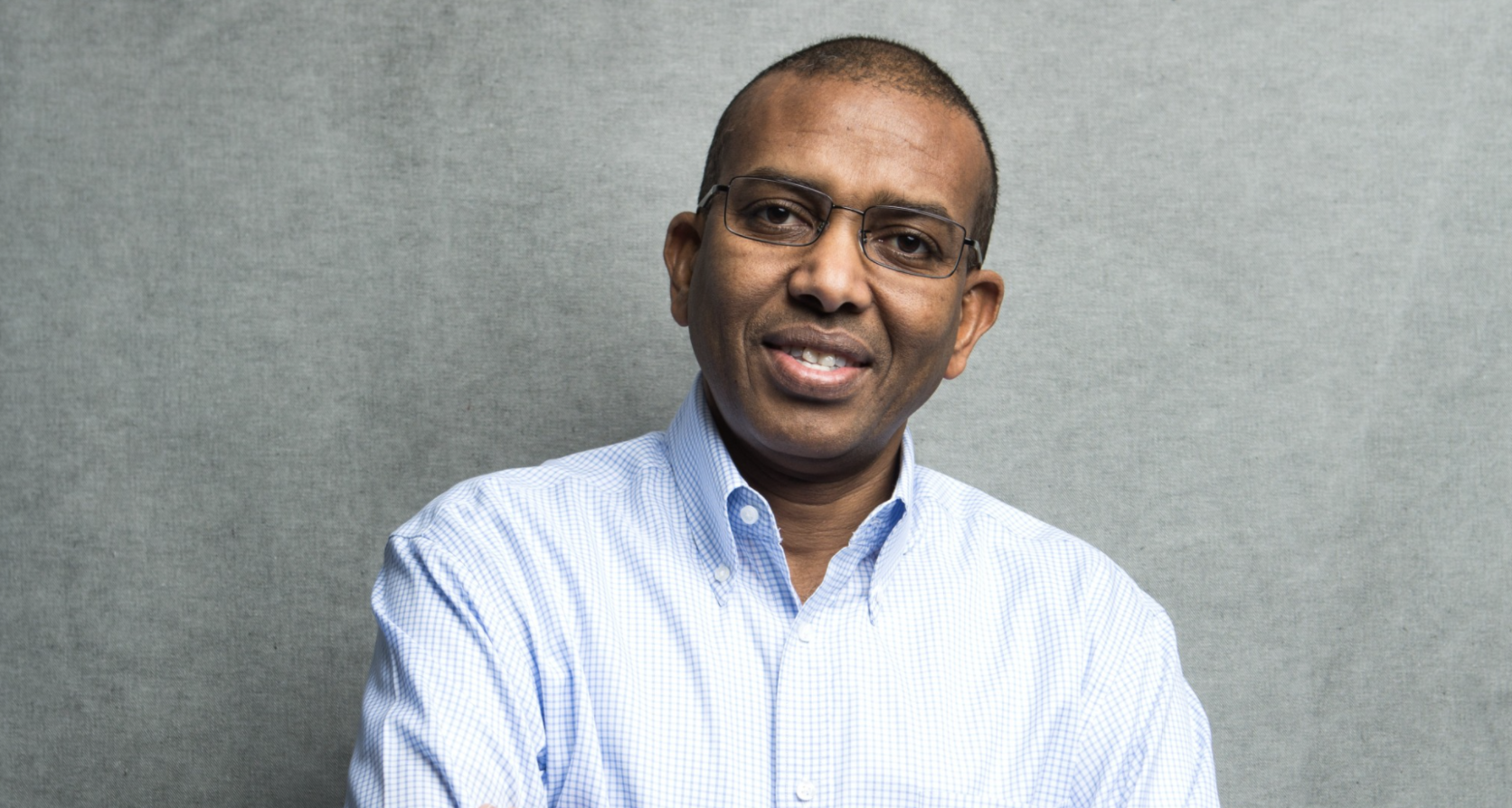Startups begin with a vision and if the vision is strong, it can attract investors. But to continue to get funding in today’s ever-changing economy, late-stage companies (Series B and beyond) need to be less speculative, demonstrate firm plans for sustainable growth and have the right partners on board.
“When you're at a Series A or at a seed, metrics are still scarce, vision and team are highly weighted and there is tremendous room to grow from your valuation,” says Avid Larizadeh Duggan, senior managing director at Teachers’ Venture Growth (TVG), the late-stage venture investment and growth equity fund run by the Ontario Teachers’ Pension Plan, one of the largest pension plans in the world.
“When you reach a Series C or D, the multiples are being compressed,” she continues. “You're not speculating anymore. The size of the market is clearer — the competitors are far clearer.”
So, what do post-Series B startups need to know about gaining interest from VCs? Sifted spoke to investors and founders about the importance of long-term investing.
Check your metrics
First, metrics. Larizadeh Duggan says investors increasingly want to see indications that companies have a viable path to profitability earlier — compared to the post-pandemic boom. That means a greater focus on runway.
She says TVG recommends to its portfolio companies that they raise funds 12-18 months before they may potentially run out of money, while working with them to optimise their burn rate to create as much time as possible to prove their metrics.
You need to be able to show that you actually are building a business that even if it’s not profitable, can be profitable
“You want to see a realistic path to being cashflow positive in today's world. That wasn't true two years ago, or even six months ago,” says Larizadeh Duggan. “You want to see a team that has a firm grasp on their metrics, a team that has the skills to execute on the next phase in this environment.”
In June 2021, British talent solutions platform Beamery raised $138m in a Series C round led by TVG. Beamery’s cofounder and CEO, Abakar Saidov, says the company was able to improve its average customer transaction by 50% year-on-year prior to this round — proving its investment in its product was resonating with its target market.
“You need to be able to show that you actually are building a business that even if it’s not profitable, can be profitable,” says Saidov, adding other indicators such as the speed of sales cycles, go-to-market strategies and new product developments also indicate future growth potential.
A slight downround can be a good thing
Given where the multiples were at a year ago and where they're at now, a company may not be able to grow into its last round's valuation. Larizadeh Duggan says if your last round was egregiously high, then you should be realistic.
"If you are building for the long term, doing a slight downround and working with your investors to reprice options for your employees, will enable you to build a sustainable company and to fulfil your vision," she says.
This is a long-term game, sometimes with near-death experiences, always with significant up and down swings, all of which require resilience to win it
Larizadeh Duggan adds that this is because one of the ways growth investors price is by looking at the exit multiple of a company based on the market comparables. They may adjust it for the higher growth rate of the company, and then they work backwards depending on what their internal rate of return (IRR) target is, and will also look at present day multiples and how their entry valuation compares.
"If the public multiples were 30x and now they are 10x to get a flat round you need to have grown 3x since your last round," she says, as an example. "But if you have grown 3x at the expense of bleeding money without a clear path to being cashflow positive that doesn't work either.
"Always remember that this is a long-term game, sometimes with near-death experiences, always with significant up and down swings, all of which require resilience to win it."
Make sure your leadership team is solid
In the later stages, investors also look at whether leadership teams are evolving beyond the initial growth stages of a company. The passion of a founding CEO may have been enough to woo investors in the earlier stages, but the right expertise in the relevant positions at Series B and beyond is crucial.
“The biggest thing that investors really look for is if the product is working and the execution is working — and the team is working,” says Saidov. “So, what is the quality of the executives that you've been able to bring on board? Because that shows you that the evolution of the business is going from just founders being scrappy.”
Larizadeh Duggan agrees: “It's not necessarily removing people and bringing new people in, it could be moving around certain people within the organisation, and sometimes it might be needing to bring somebody in from the outside.”
The biggest thing that investors really look for is if the product is working and the execution is working — and the team is working
For example, Martin Ott joined Taxfix, a software provider that automates personal tax returns, as CEO in September 2021 — seven months before the company raised $220m in a Series D round led by TVG in April 2022.
Ott’s tenure has seen a reshuffle of the leadership team, with a new chief people officer, CFO and CTO being brought into the business with experience in organisations such as Uber, Salesforce, Intuit and Deutsche Bank.
“We have the best of both worlds. We have that entrepreneurial DNA, spirit and soul from the beginning still with us,” says Ott. “At the same time, we have complemented that with different industry expertise to take the company now to the next stage of its growth.”
Find a suitable long-term partner
Ott attributes part of Taxfix’s success to its partnership with TVG. Because Ontario Teachers’ Pension Plan invests to pay pensions over decades, it allows TVG to bring a long-term perspective to investing rather than chasing quick flips. Businesses that are R&D heavy and take time to mature can benefit from this, he adds.
"In TVG we've found a partner that shares this very long-term vision to help people. That strong purpose to overcome the fear of complex tax and financial issues,” says Ott. “We're really excited to have found that perfect partner that can help us now on the next phase of growth.”
Larizadeh Duggan sits on the board of directors for Taxfix, as well as Beamery and ComplyAdvantage, an anti-money laundering solution for financial services providers.
Last year, ComplyAdvantage announced a Series C round led by TVG, which initially raised $50m. Following interest from Goldman Sachs, who led their Series B funding round, ComplyAdvantage extended its round, raising a further $20m.
In TVG we've found a partner that shares this very long-term vision to help people. That strong purpose to overcome the fear of complex tax and financial issues
Prior to that investment, ComplyAdvantage raised debt in 2018, a move that Charles Delingpole, ComplyAdvantage’s founder and CEO, says allowed the company to increase revenue from $3m to $10m in a year, while only burning $1m in capital. Delingpole adds that startups should explore raising debt as an option in between larger rounds.
“One of the unique things about TVG is that they are very long term, unlike some other funds and other investors,” says Delingpole. “They can be much more conviction driven about the business and they can be much more long-term partners versus other funds that might have to force an exit after a short period of time.”
In addition to long-term partnership, Saidov, Ott and Delingpole say that startups should be looking for expertise from late-stage investors — which they can draw upon to help navigate different market conditions.
“It's not just about a seat on the board,” says Delingpole. “It's the extended operating team that exists in that firm. And as your business gets more complex, until you're able to be a very large company, you can lean on and borrow some of that resource, which is really powerful.”



